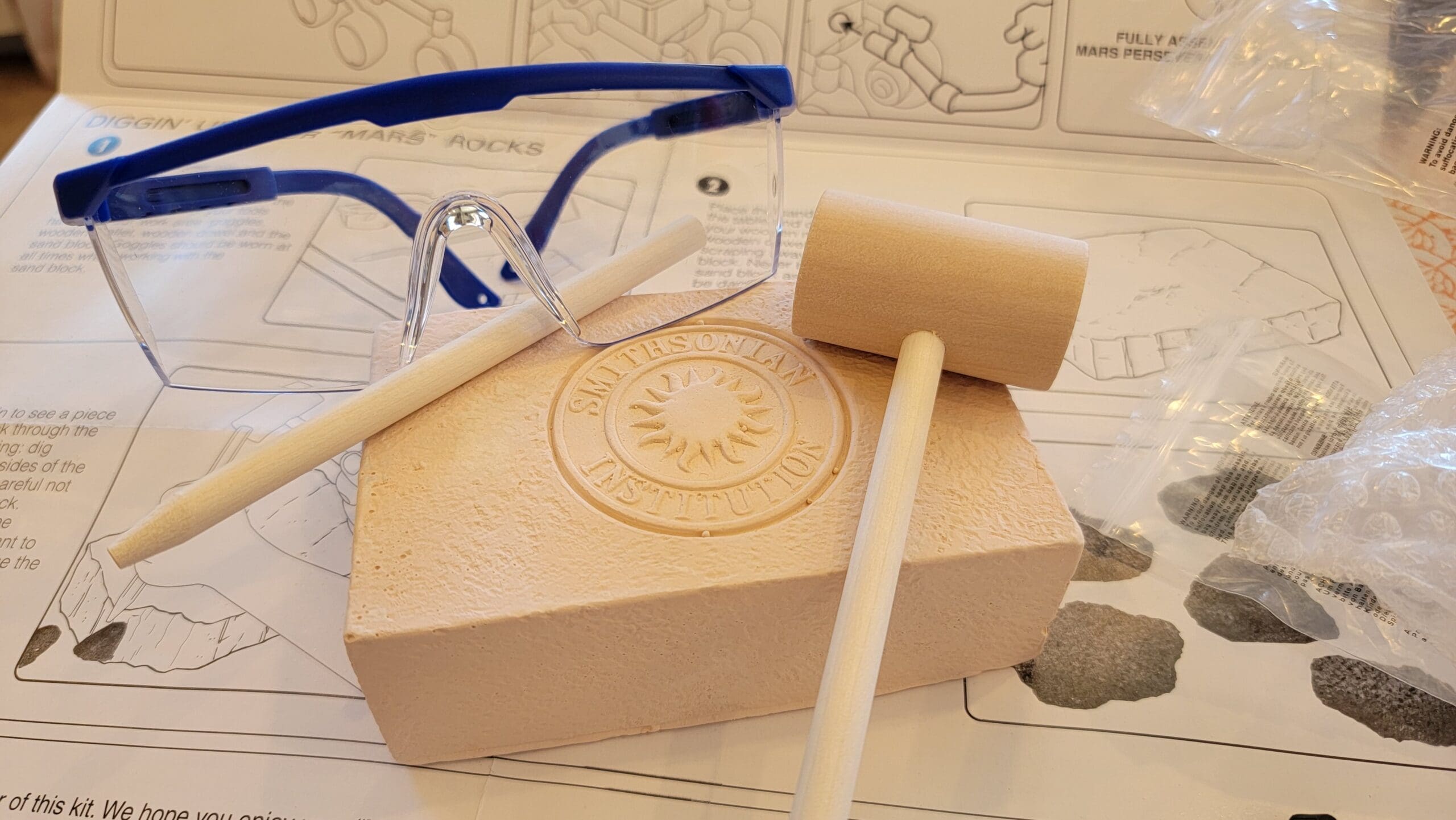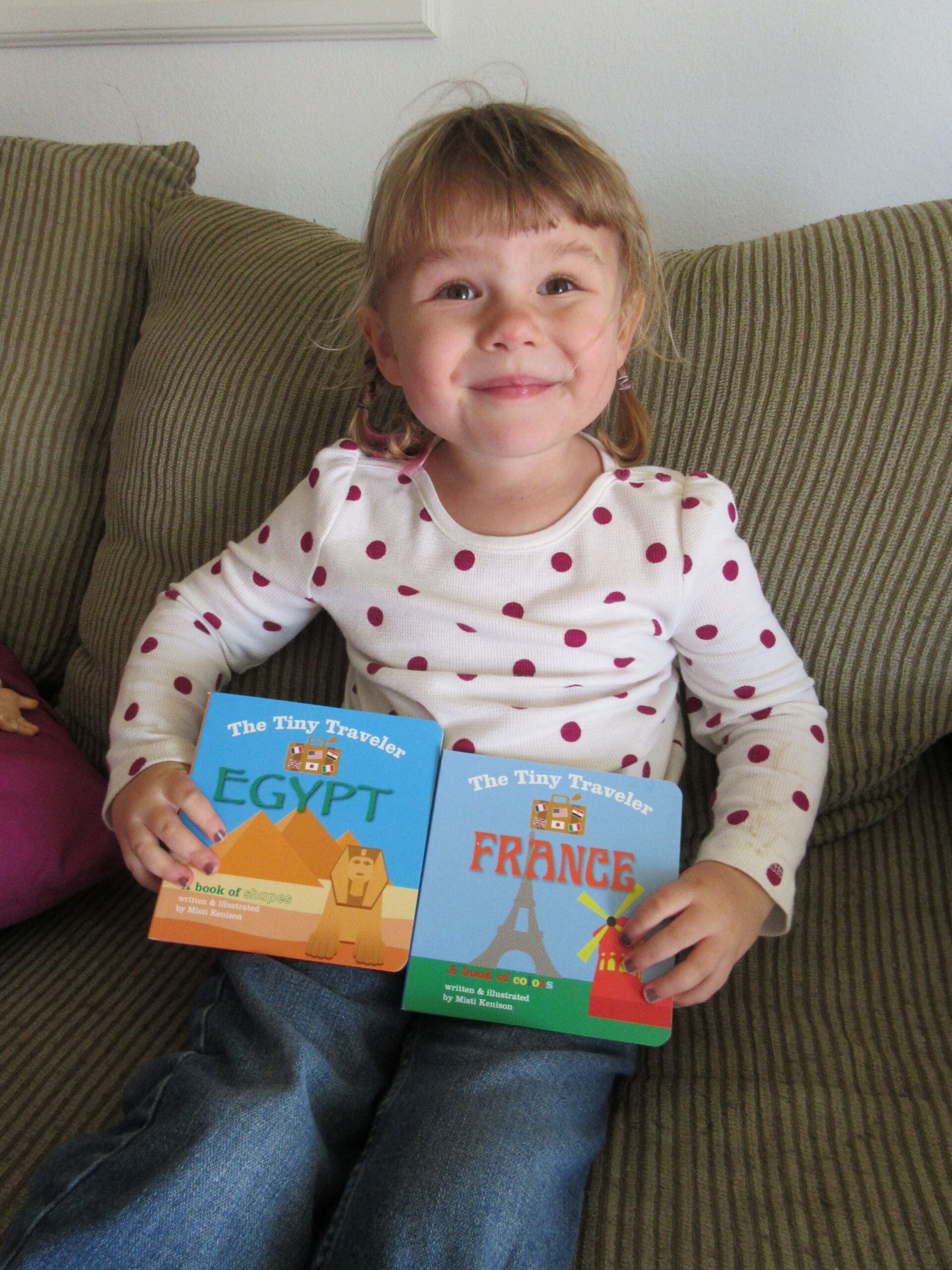How To Help Your Children Master Handwriting and Letter Formation
Despite the fact that we live in a digital age, the art of handwriting is still a necessary skill. For example, many application forms and even job applications still require handwritten letters. It’s a skill that remains essential even in the modern world.

Of course, there are also plenty of opportunities when being able to type is essential. That’s why the best early learning centers place equal emphasis on mastering handwriting and computer skills. It’s essential that your children master handwriting and keyboard skills.
In addition, they need to be able to format a letter properly. The format is the same regardless of whether they are using handwriting or a computer. Your job is not to teach them the letter format, your child care center and the educational process will take care of this. What they help with is mastering the skills.
Fortunately, as a parent, there are several things you can do to help.
Worksheets
When children are in pre-school they often find it difficult to distinguish between upper and lower case characters. After all, lower case characters do tend to be curvy and more difficult to write. That’s why children generally prefer capital letters.
You can help them master the differences by giving them alphabet tracing sheets. These are designed to allow your child to trace the relevant letters. It’s a good idea to color code the upper case letters differently from the lower case. This helps children differentiate and learn.
Writing To Relatives
Practice makes perfect in almost any scenario. Your child can get plenty of practice out of school by writing to loved ones. It doesn’t matter if they live thousands of miles away or just around the corner. Your child can draw a picture and add a few words to create a message for the specific person.
This approach is fun and helps your child develop writing skills as well as their communication skills. You might even need to get a pen refill or two if they develop a particular love for writing to family members. Children will often share a lot of detail in their letters to people they love, so you might find your pens running out quite quickly!
Play A Game
You can also play games, such as creating a story between you. Each of you says a line of the story and you have to write it down. This helps to build their imagination and improve their handwriting skills.
It’s important when they are very young to focus n getting the letter shapes correct. You can deal with the presentation later. There is always room to improve that.
Letter Formats
A letter is relatively straightforward to write. You simply need to know where the address and date go. It’s a good idea to show your young child a handwritten letter of your own, this will help them to remember the layout and get it right themselves.
Again, it’s the practice that really counts. It will help your child to develop the fine motor skills that are essential to good handwriting.
You can always write your own letter with several deliberate mistakes. Your child can then mark it and will be able to point out your mistakes, that’s fun for them and a learning experience.




11 Comments
Kate Sarsfield
Remember practising your signature when you were little? Trying to get it to look all grown-up!
Tamra Phelps
After I had sepsis, my right arm wouldn’t move from the elbow up for many months, and I was so weak I couldn’t hold a pen for more than a few minutes. I basically had to learn to write again–I knew the letters, obviously, but my handwriting was atrocious. It looked like chicken scratchings. I sort of felt like a little kid in school again.
Tamra Phelps
I still get a little bit of a warm and fuzzy feeling every time I start writing in a new notebook, lol. It reminds of school days.
heather
I love writing and always have. I love cursive writing so much I think it is so beautiful. I heard on a show that I was listening to the other day that they do not teach writing in schools anymore? I don’t understand that? Sorry but these kids that don’t know how to write will not look very smart.
Kate Sarsfield
In my class we used to make Alphabet Books – little booklets with pictures of things beginning with A, a, B, b etc. We painted Christmas baubles one year with the letters of the alphabet!
Rosie
These are good ideas. When I was in grammar school, much time and attention was focused on learning to write – both print and cursive. I love cursive, and find it comforting. I even like to use colored pens for my sticky notes!
megan allen
This is very good advice! I have one at home that is in kindergarten. So this is something we have been working on and it can be challenging! Thank you for sharing these tips!
Crystal K
We’re working hard on this right now with our kindergartener. These are great tips. The main challenge for us is consistency and regular practice.
Tamra Phelps
Handwriting will always matter. When I see those posts from older people lamenting how kids today don’t learn handwriting, especially cursive, I just think ‘not true.’ They do. We all still need to know how to write, lol.
Dana Rodriguez
This is good advice. I think you will always need to have good handwriting skills.
Kelly Kimmell
My daughter used worksheets that were on a laminated paper. We used dry erase markers and she was able to practice as often as she wanted. Good post.